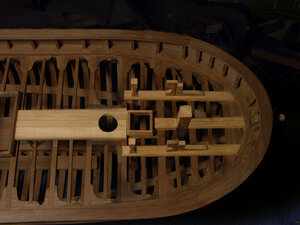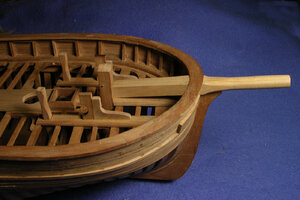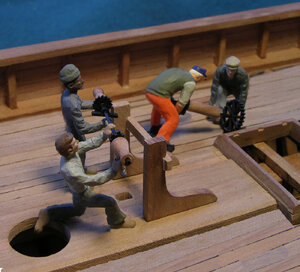- Joined
- Aug 2, 2019
- Messages
- 211
- Points
- 278

happy day's are here again
Last edited:
 |
As a way to introduce our brass coins to the community, we will raffle off a free coin during the month of August. Follow link ABOVE for instructions for entering. |
 |

It depends... On the real ship or a model? If a model, at what scale?how wide and thick was the planking on a 74 gun ship in 1780?

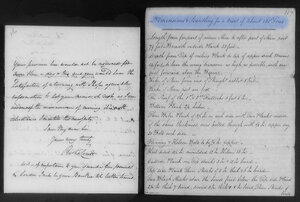
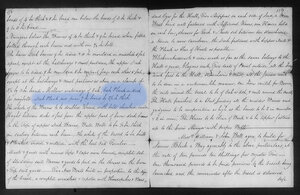

How wide and thick was the planking on a 74 gun ship in 1780?

I got one... at 150th scale I need opinions on how wide and long to make planks. Not bein my normal smartash self, Im really asking
because I dont know. I want it to look nice but lets face it, scaled planks would probably have to be cut by a trained flea circus.
What matters is how the builder wants it to look... regardless of historical accuracy or not. We don't need ship police...Some times it does matter how it looks

Just as an fyi... (mostly for @garyshipwright ) the ship in my picture is from the 1890's and is a Barquentine with 3.5" teak planks. This is directly from the Smithsonian plans.clipper ships circa 1850s decking averages 3 1/2 inches thick and 6 to 8 inches wide

I agree 100% Dave.... and for sure Ancre's drawings are just repesentations at best. Most likely the widths varied based on available timber and were cut to fit the space where the thickness was kept as consistent as possible.OR they wildly varied.
YES....there's no right or wrong as theres no proof to their size.

To give support for the mast probably. Man... look how thick those things are!!! Notice how the one on the left appears to be slightly wider than the one on the right. I am sure Ancre would never draw them this way.thick run of planks ran down the middle.


To give support for the mast probably. Man... look how thick those things are!!! Notice how the one on the left appears to be slightly wider than the one on the right. I am sure Ancre would never draw them this way.
